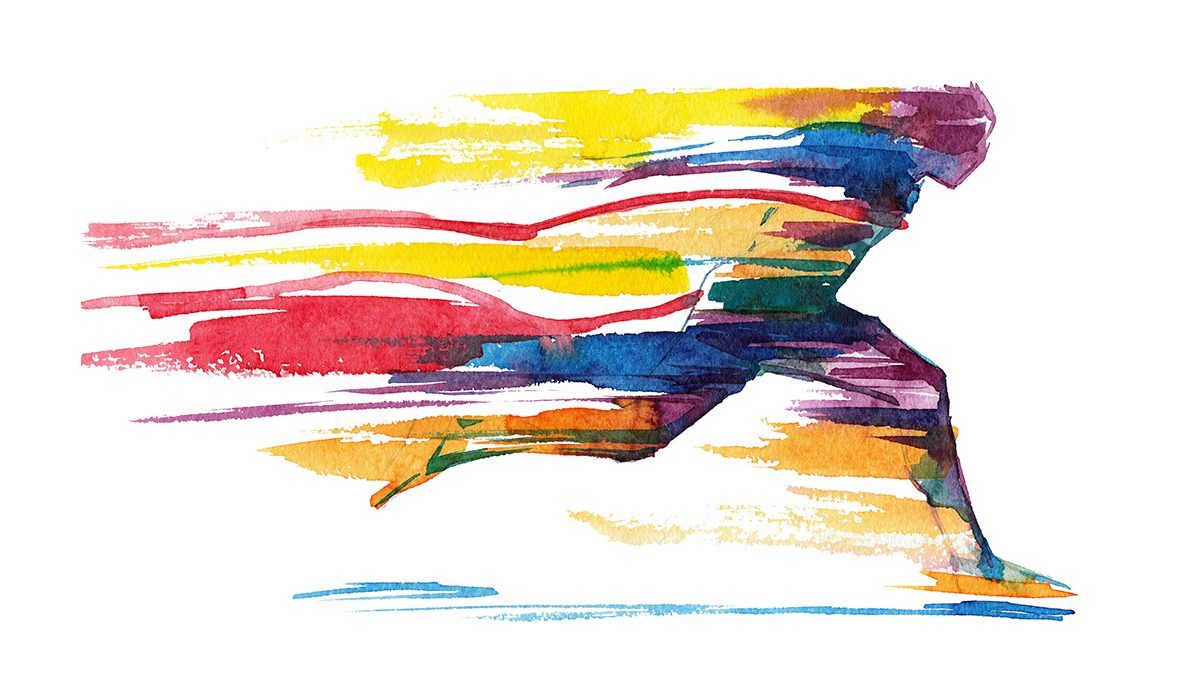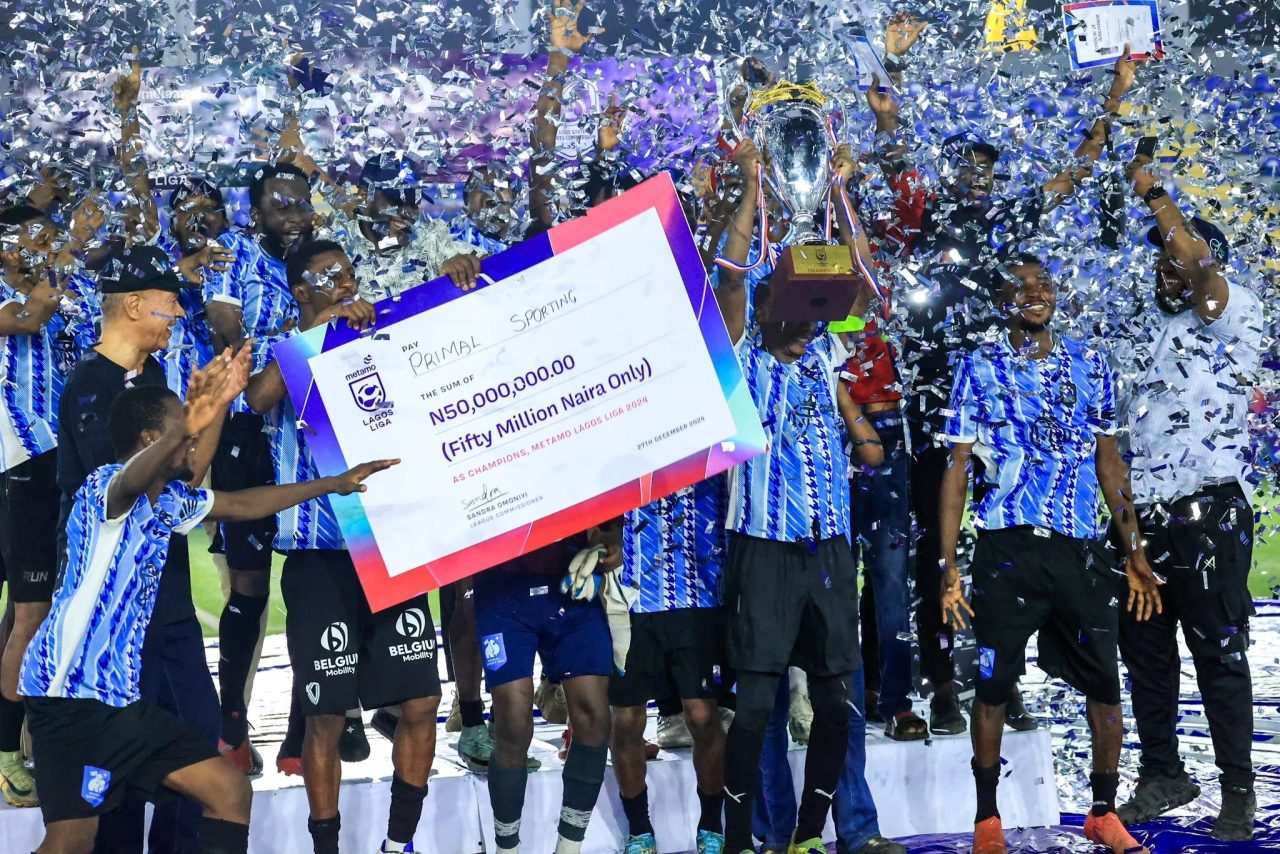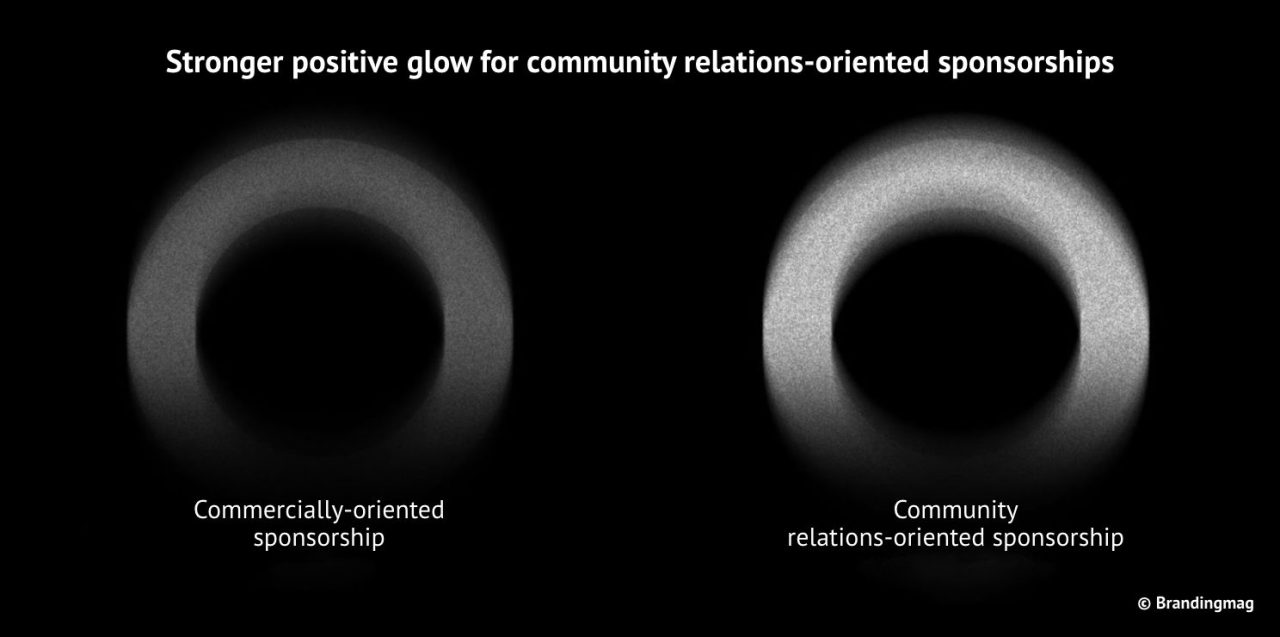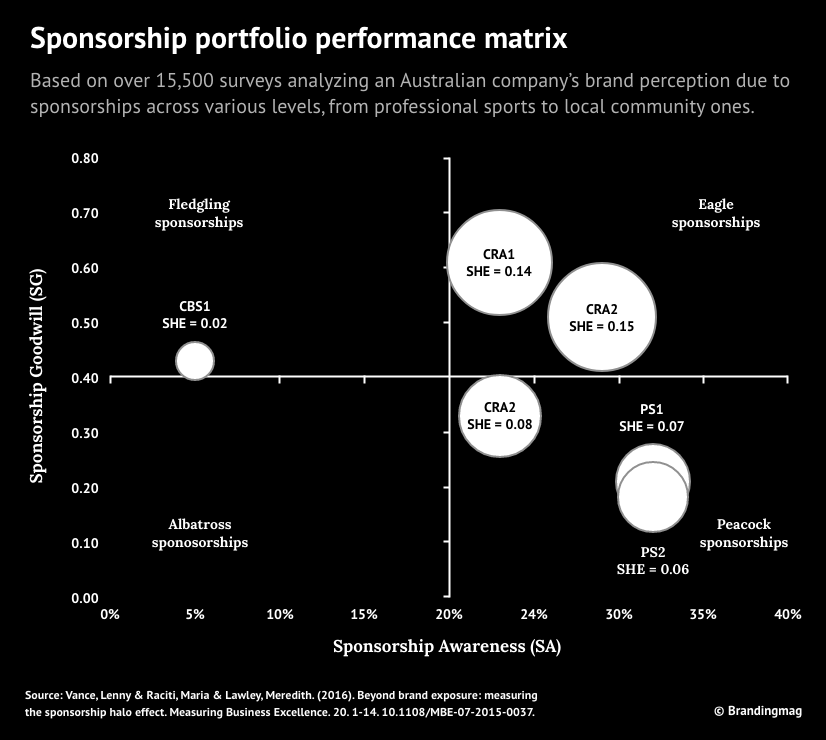
Successful partnerships aren’t about borrowing another brand’s shine, they’re about creating new value that neither brand could achieve alone. It’s this fundamental truth that lies at the heart of transformative brand collaborations—collaborations that have reshaped entire industries and redefined consumer expectations.
During the launch of Lagos Liga (a premier private league in Nigeria offering young talent not just an opportunity but also a purpose), we had some bold sponsors who were not afraid to come onboard and support a new idea and new project. Larger corporations, however, posed a different challenge.
I personally reached out to two multimillion pound corporations in the UK to sponsor the league—to no avail. They asked me to justify the commercial value of the sponsorship and, after I went on and on about expected footfall, livestream numbers, and expected eyeballs given the always-on content, I got heartbreaking messages that can only be summarized as, “Your expected audience profile and our ideal target customer profile don’t match. We cannot see the commercial opportunity here, sorry.”
I now know that my argument should have centered around the halo effect that sponsoring our league would have delivered for those brands.
Think of the halo effect as a golden glow that spreads a good impression from one point to all the others. In marketing, when people like one thing about a brand, they tend to view the whole brand more positively. For sponsorships, this means that when people appreciate a company’s support of something they care about, they are more likely to think well of the company overall. Since people care about their local communities and fantasize about “grass to grace” stories, it follows that caring for said communities will earn a brand a strong positive sentiment.
Research has shown that sponsorships oriented towards community relations create a stronger positive glow than commercial ones, while sponsoring local community sports delivers more brand results than sponsoring professional ones. And there’s a pretty simple reason as to why.
When companies support local sports programs, people see it as genuinely helping their community. Sure, big sports sponsorships might get more eyeballs on your brand—think logos plastered across stadiums and sports jerseys—but they often come across as just another marketing tactic. According to both the Hoeffler and Keller team and Becker-Olsen et al., it’s the difference between being seen as a caring community member versus just another business trying to sell something.
While justifying investment in commercially-oriented sponsorships has always been relatively easy given trackable and quantifiable metrics such as awareness, brands still struggle to justify spending money on community relations-oriented activities.
How do we measure a brand sponsorship’s halo effect?
While studying my approach for Lagos Liga, I found an interesting paper titled “Beyond brand exposure: measuring the sponsorship halo effect” by Lenny Vance, Maria M. Raciti, and Meredith Lawley. Their research was based on the work of an Australian company that uses sponsorship as its primary marketing tactic.
The company decided to hire a research organization to run a brand-tracking program. The main goal was to keep tabs on how their marketing and communications were performing and to understand what the community thought about their brand. They went for a quantitative approach, doing 60 telephone interviews every week throughout their target region. From 2005 to 2010, they managed to conduct over 15,500 surveys, each lasting about 15 minutes.
Participants were pulled from the company’s customer list and had to be at least 18 years old, with the responsibility of paying for household utilities like electricity, phone, gas, or water, either alone or with someone else.
In these interviews, they checked how well people remembered the company’s ads, sponsorships, and other marketing activities. They also gathered opinions on various brand attributes, rating them on a scale of 0 (strongly disagree) to 10 (strongly agree). This setup allowed the researchers to measure the goodwill created by the company’s sponsorships by comparing the brand perception of those aware of the sponsorships versus those not aware of them.
The process and results became the base for their paper, which discusses a novel approach to measuring sponsorship effectiveness. It uses a matrix tool that combines sponsorship awareness (SA) and sponsorship goodwill (SG) to calculate an overall “halo effect”.
Using archival analysis of six years of brand tracking data from the Australian company (those approximately 15,500 consumer surveys), the study examined six different sponsorships across professional sports and local community focused sports using their formula below.
(SA) x (SG) = (SHE)
Sponsorship Awareness x Sponsorship Goodwill = Sponsorship Halo Effect
The researchers leveraged their results to develop a four-quadrant matrix framework categorizing sponsorships as “eagle” (high awareness/high goodwill), “peacock” (high awareness/low goodwill), “albatross” (low awareness/low goodwill), or “fledgling” (low awareness/high goodwill) to enable sponsorship comparison across a portfolio.
The study found that community-based sports sponsorships generated the highest overall halo effect despite having lower awareness levels than professional sports sponsorships, which achieved high awareness but lower goodwill scores. This means that companies may achieve better return on investment from community-focused sports sponsorships compared to more expensive professional sports sponsorships, suggesting that perceived sincerity and community benefit are more valuable than pure brand exposure.
The findings also indicate that professional sports sponsorships could benefit from incorporating auxiliary community programs to build goodwill, while community-focused sports sponsorships could increase their value by helping position sponsors as sincere enablers of positive community outcomes.
Choose brand impact over brand awareness
It’s no longer an opinion that brands can get better value from community-focused sports partnerships; there’s empirical data to prove it. This data demonstrates that, although backing professional leagues and tournaments has its allure and delivers on brand awareness, community sports are where brands can have massive impact. It’s where sponsorships directly influence people’s recognition and overall perception of a brand and its attributes. This leads to more than just sales—it grows brand equity and love.
Enduring partnerships aren’t built on mere brand association. They’re built on a shared commitment to creating (in a truly authentic and empathetic way) something greater than the sum of their parts for people who need it.
Surprised? I’m not. My Master’s dissertation focused on measuring the effectiveness of the cobranding campaign between Visit Rwanda and Arsenal (the football club). And what I found was similar to the results of the “Beyond brand exposure” research: While a large part of the respondents were aware of the partnership, their awareness didn’t translate into the desire to travel to Rwanda.
It seems the future belongs to brands that can look beyond short-term gains to identify opportunities for transformative collaboration. When evaluating potential partnerships, businesses and brand leaders should ask not “What can we gain commercially from this partnership?” but “In what new and meaningful ways can we engage communities to defend, signal, and highlight our brand attributes?” Answering the latter often leads to the most innovative and impactful collaborations.
Cover image: okalinichenko



